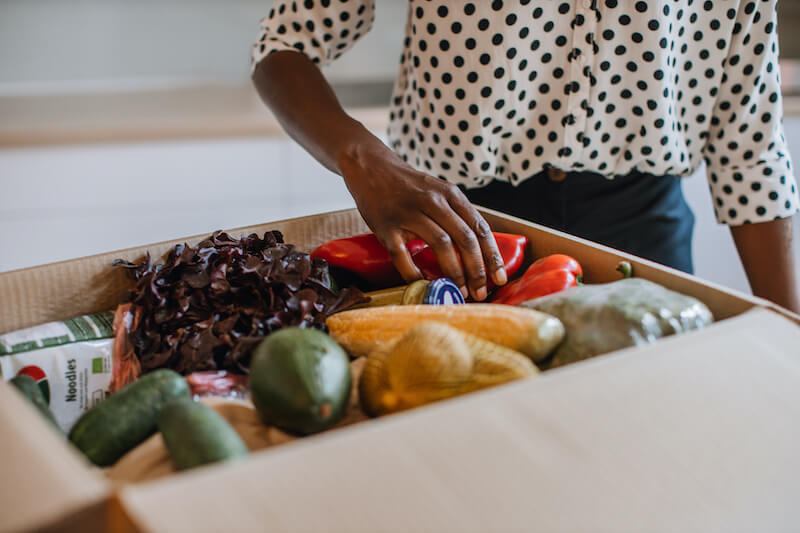

The following post includes excerpts from a recent Forbes article, which featured insights from
Keith Anderson, SVP Strategy & Insight at Profitero. Access the full article here.
Plenty of runway remains for online grocery in the U.S., with retailers like Amazon, Walmart and Kroger leading the charge. In fact, Walmart just reported in its Q4 earnings release that its U.S. eCommerce sales grew 37% in 2019, largely due to an increase in online grocery purchases. Last year, Amazon waived its monthly fee for Prime Fresh deliveries. And Kroger continues to invest in curbside pickup and home delivery. Not to mention the continued aggressive expansion from the likes of Instacart and Shipt.
“Due to the sheer increase in availability, consumers are starting to try out online grocery, and it seems many are happy with what they are getting. There will remain shoppers who prefer to pick their own perishables, but for others, convenience matched with affordability makes online grocery more and more appealing for consumers,” stated Profitero’s Keith Anderson in a recent Forbes article.
Keys to winning in online grocery
Anderson goes on to point out several things retailers must think about in order to stay competitive and grow profitably online.
- Optimize on price. The rise of eCommerce means a rise in pricing transparency across online sites. In Profitero’s latest Price Wars study, we found that Kroger was the number two price leader in online grocery, trailing Amazon by just 1.6%. “Maintaining low prices will help to ensure that retailers stand out among competitors and reach consumers seeking affordability,” states Anderson.
- Find a path to profitability. Retailers are still struggling to remain profitable online because of the high associated costs. Last summer, Walmart reported that its eComm business was losing about $1 billion. Focusing efforts to drive profitable growth — through assortment rationalization, price-pack architecture, sustainable product and packaging, and warehouse automation — has never been more essential. Retailers cannot do this alone; they need brands to be willing partners in cost-cutting. Good examples of this can be seen with initiatives like the E-com Packaging Council, a consortium of brands and other stakeholders looking to establish standards and best practices for light-weight and sustainable packaging. Brands are also going to need to lead the charge in developing products that offer good unit economics for same-day delivery.
- Seek new revenue streams. Another way for retailers to counteract costs associated with online grocery and delivery is by creating new revenue opportunities. Walmart is already making a push toward this with its enhanced self-service ad business. For brands, this means budgets for sponsored advertising will need to increase beyond Amazon and an even greater need for disciplined management of this spend to drive efficiency. More investment in making sure content and reviews are optimized for conversion will be critical as well.
Click here to read the complete Forbes article.
To get alerts about our latest insights, sign up for our Digital Shelf Digest newsletter.


























